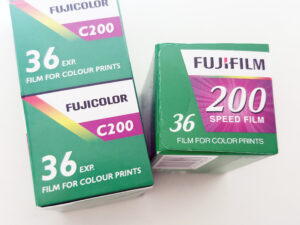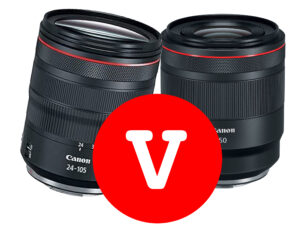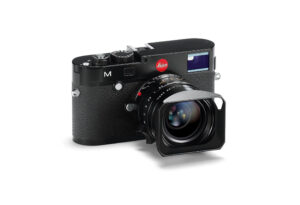If you’ve ever seen professional photographers at a sports event or wildlife shoot, you may have noticed that some of their large zoom lenses are white. This design choice stands out against the typical black lenses used by most photographers. But why are these lenses white? The answer lies in a combination of practicality, physics, and branding.
1. Heat Management
One of the primary reasons for the white color is heat management. Large telephoto lenses are often used in outdoor settings, where they can be exposed to direct sunlight for extended periods. These lenses contain a variety of delicate components, including multiple glass elements and electronic parts, which are sensitive to temperature changes.
Black surfaces absorb more heat than lighter ones, causing the lens barrel to warm up quickly in the sun. This can lead to several issues:
- Thermal Expansion: The metal and glass components inside the lens can expand as they heat up. Even small changes in size can affect the alignment of the lens elements, leading to slight distortions or shifts in focus. Over time, repeated exposure to heat can also affect the structural integrity of the lens.
- Image Quality: As the lens heats up, it can also cause variations in air density within the lens, leading to changes in the refractive index. This can degrade image quality, causing blurring or a loss of sharpness.
To mitigate these effects, manufacturers use white or light-colored coatings on large lenses to reflect more sunlight, keeping the internal temperature of the lens lower and helping maintain optimal performance even under harsh conditions.
2. Material Considerations
Professional lenses are often constructed with high-quality materials that are engineered to precise tolerances. While modern lenses use advanced materials that can better resist temperature changes, the early designs of these lenses relied heavily on metals like aluminum, which are particularly susceptible to thermal expansion.

Even with advancements in material science, the concern over thermal expansion remains, especially in environments where photographers might be shooting for hours under intense sunlight. The white color acts as an additional safeguard to protect the lens.
3. Brand Identity and Differentiation
Another reason some lenses are white is branding. Canon, in particular, is well-known for its white L-series lenses. This design choice has become a trademark of Canon’s professional line, instantly recognizable at events like the Olympics, World Cup, and other high-profile sports gatherings.

While heat management is the primary reason for the color, the visual distinction also serves as a marketing tool. It conveys professionalism and high performance, making it clear that these lenses are designed for serious photographers.
4. Psychological Impact
There’s also a psychological aspect to consider. A white lens stands out, signaling to others that the photographer is using high-end, professional equipment. This can lend an air of authority and expertise, which might be beneficial in certain professional settings.
Additionally, in situations where multiple photographers are competing for the same shot, having a distinctive lens might help photographers feel more confident in their gear, knowing they’re using a tool designed for peak performance under demanding conditions.

5. Market Trends and Evolution
While Canon is most associated with white lenses, other manufacturers, including Sony, have also adopted this color for their high-end telephoto lenses. The adoption of white by multiple brands has further cemented the association between the color and professional-grade equipment.
However, not all telephoto lenses are white, even among Canon’s lineup. The choice of color often depends on the intended use of the lens and the environment in which it will be used. Lenses designed for indoor use, or those where stealth is required, may still be black to avoid drawing attention.
Conclusion
The white color of large professional zoom lenses is a design choice rooted in practicality, with significant benefits for heat management and the preservation of image quality. Over time, this choice has also evolved into a powerful branding tool, setting these lenses apart as symbols of professional photography. Whether you’re shooting in the sweltering heat of a desert or the bright lights of a stadium, the white lens is a testament to the careful consideration manufacturers put into creating tools that help photographers capture the perfect shot, no matter the conditions.







































































